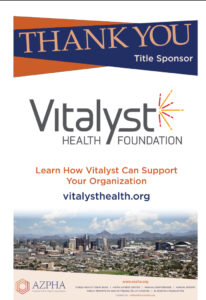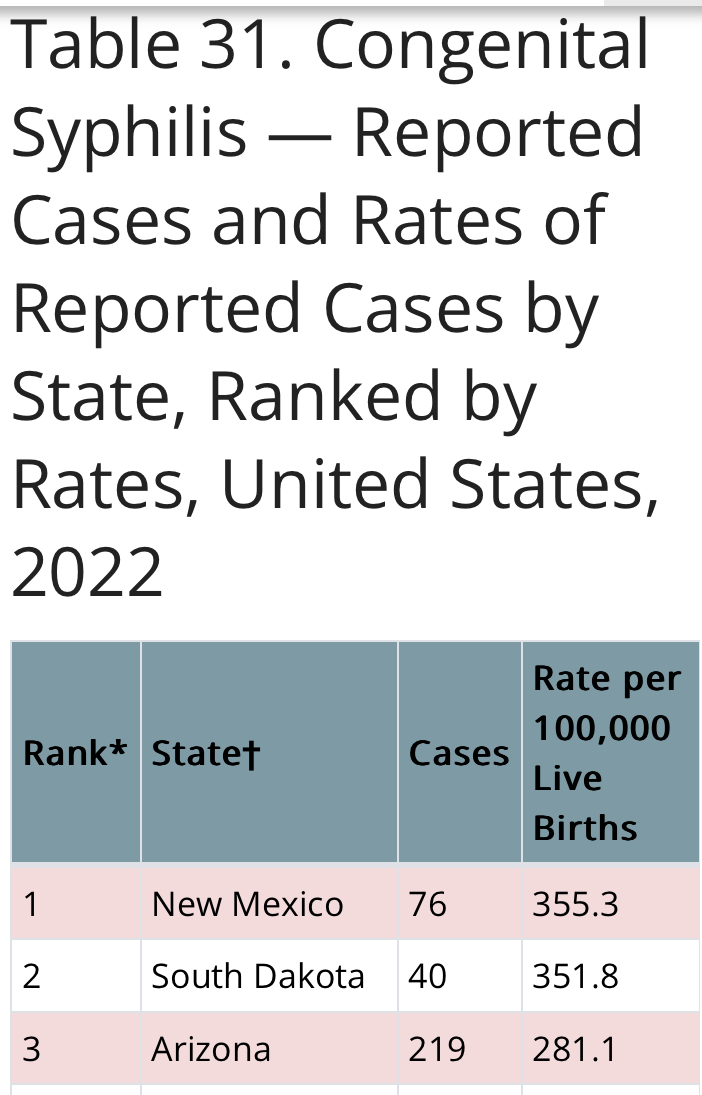By 2030, Arizona will need more than 190,000 new direct care workers. Direct care workers provide long-term care and personal help to people who are elderly and individuals with disabilities and/or long-term conditions. They work in facilities and private homes, and help with daily tasks like bathing, dressing, cooking, and medication management. They promote independence and improve the quality of life for those they support.
Behavioral health care is another high demand need where graduates with a certificate or associate degree can enter the workforce and climb the health care career ladder.
Explore AZ Health Care Careers
The AZ Healthcare Careers platform helps students and job seekers connect! Build your profile, take a jobs skills assessment, and explore health care career opportunities. Search for entry-level positions that require minimal experience or training, like behavioral health technician or direct care worker.
Career advancement and training pathways that will help you move up into in-demand positions like social and community service managers, health care social workers, registered nurses, or home health aides. Visit PipelineAZ’s blog to learn more.
See a list of health care degree and certificate programs eligible for the Home and Community Based Scholarships.
Scholarships at Maricopa Community College
Maricopa County Community College students who are pursuing health care careers in behavioral health and long-term health care services degree or certificate programs may be eligible for scholarships that cover tuition, books, course fees, health and safety requirements, and other needed resources.
Visit the Maricopa Community College AHCCCS Scholarship web page for eligibility requirements and to apply. Contact: AHCCCS-Scholarships@
Scholarships at Northland Pioneer College
At Northland Pioneer College, students in these health care programs may qualify for AHCCCS scholarships:
- Medical Assistant (degree and certificate)
- Nursing (degree and certificate)
- Nursing Assistant (certificate)
- Behavioral Health Technician (pending degree and certificate)
Visit the Northland Pioneer College AHCCCS Scholarships web page for eligibility requirements and to apply.
Scholarships at Eastern Arizona
Learn more about Eastern Arizona College Home and Community Based Scholarships. Contact: finaid@eac.edu
Scholarships at Mohave Community College
Learn more about the AHCCCS Home and Community Based Scholarships at Mohave Community College
Scholarships at Coconino Community College
Learn more about health-related scholarships at Coconino Community College. Contact: arp-cet.ahcccs@
Scholarships at Arizona Western Community College
Learn more about the AHCCCS Home and Community Based Scholarships at Arizona Western Community College.








